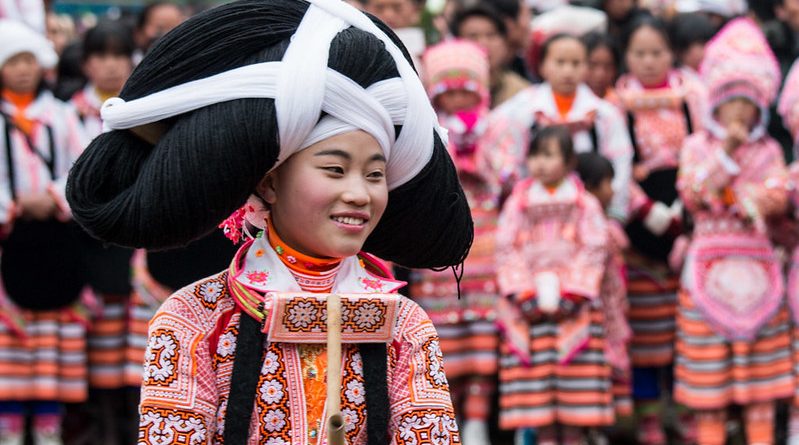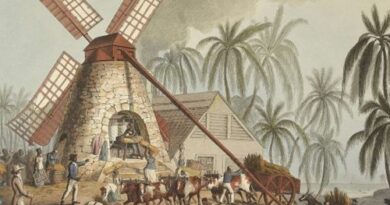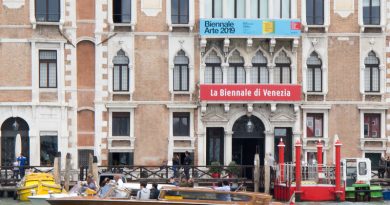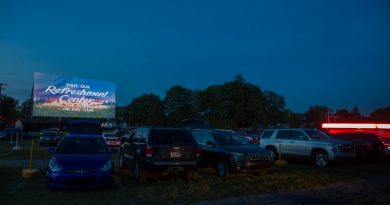The Long Horn Miao Tribe
Culture Facts
Where: Longga, Southwest China
Who: Tribal group of the Miao minority
Famed for: Their unique costumes and ‘horned’ head pieces, and shy and beautiful natures
Laced amongst the 1.3 billion people of China, 56 ethnic minority groups make their home in various provinces across the country. One of the largest of these minorities, with a population of over 7 million people, is the Miao people located in the mountainous region of South West China. As the Miao spread out across this region throughout history, numerous tribes evolved out of the main clan and adopted variations on customs and culture. These now distinct tribes became known by the unique characteristics of their clothing and decorations and were named accordingly.
One particular tribe, centred on the village of Longga, is the Changjiao Miao. Changjiao or “Long Horns”, when directly translated, reflects the custom of animal horns being worn as head ornaments by tribe women for special occasions. It was only recently, in 1994, with the building of the highway to Longga, that these beautiful people and their culture have been revealed to the world.
Costumes
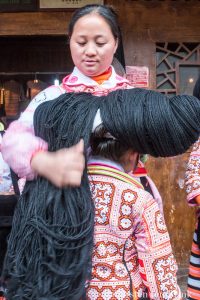
Tribal dress during festival seasons
Cloth and costumes are important instruments in shaping the identity of the individual clans or tribes and expressing their unique characteristics. These minority communities weave their histories through these intricate fabrics, reflecting their relationship with the environment and uniqueness of the cultural make-up of the clan.
The application of the carefully combined colours and intricate embroidery to the fabric provides the group with an outlet to express feelings and emotions. Women learn to make batik and embroider from an early age and achieve their social status in this fashion. The girl who can weave and embroider special patterns is seen to be hard working and extraordinarily intelligent and she will become the most sought after bride in the community.
On special occasions and during festivals, the women construct an elaborate headpiece utilizing the clan’s namesake long horn. These horns are first fixed to the women’s real hair, then a highly structured decorative bun of linen, wool and ancestral hair are wrapped in a figure eight around the horn. The hair is then secured to the horn by a geometric white ribbon. This headdress, together with the native costumes, composes the standard attire for festival season.
Festivals and Courtship
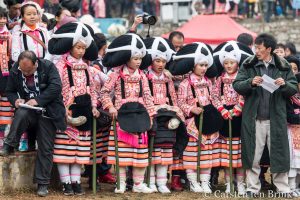
The Miao celebrate multiple festivals throughout the year. One of the most popular with the youth is the Flower Dancing Festival between the 4th and 14th day of the first lunar month. This time of year is dedicated to the single youngsters in the community in order to gather and look for their life long partners. The girls ascend on the village in groups where they dance and sing in antiphonal style entertaining the boys from other villages. Once a boy and a girl become attracted to each other, a presentation of gifts signals the engagement.
Getting to the actual marriage is a much more elaborate affair, with the groom’s family having to convince the bride’s that he is worthy and will provide for her in the years to come. Endless proposals follow endless refusals and months of bargaining ensue. Finally, when the girl’s family is happy with the betrothal gifts, they are free to get married or if an agreement is not met, the groom’s family may signal the couple to run off and elope.
Unlike western society, divorce does not involve drawn out court battles and asset wars. If a couple falls out of love, they need only give notice to the tribal seniors and are then seen as “on the market” again.
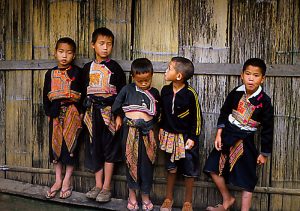
More Information
Chinese Minorities
Information on the 56 minority groups in China including the Miao.
Miao
Detailed Information on the Miao people.
Miao Folk Painting
Pictures of paintings depicting Miao culture and life.

